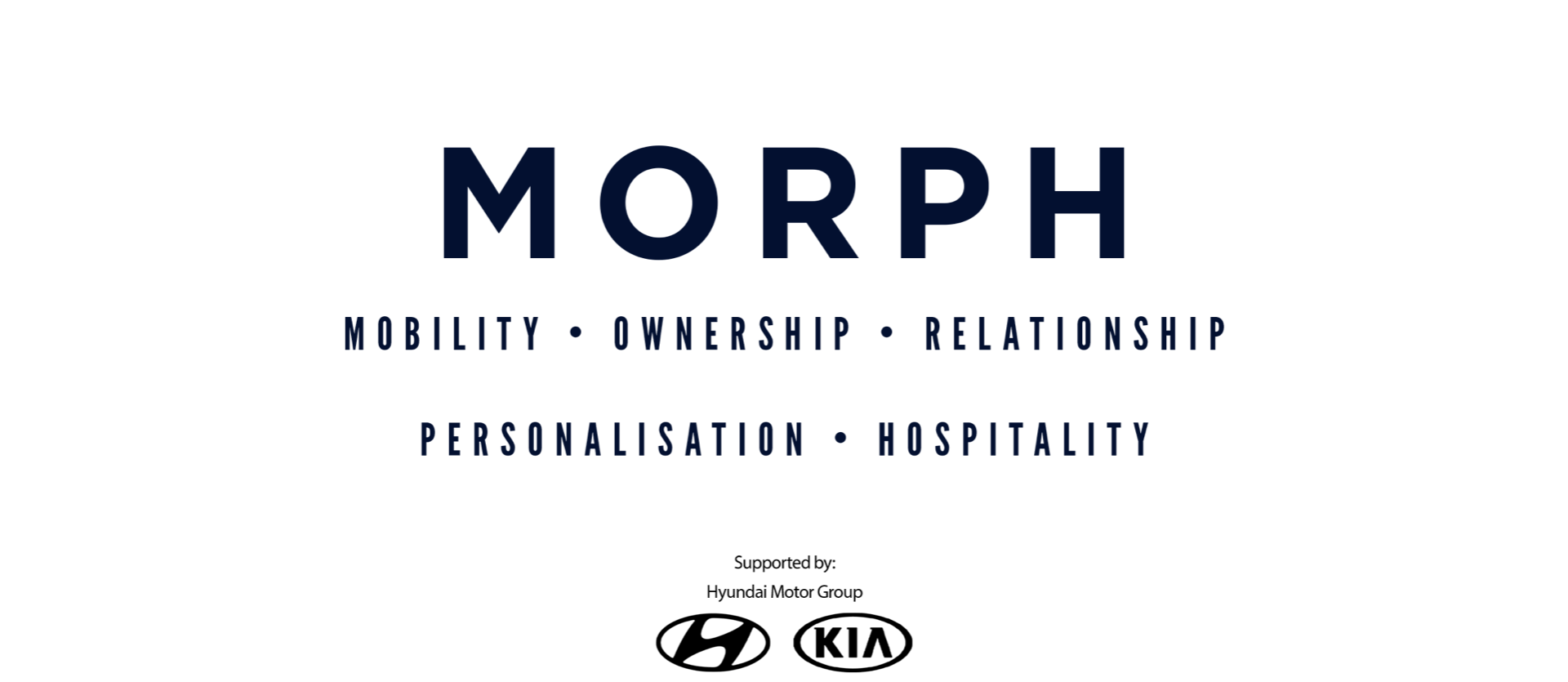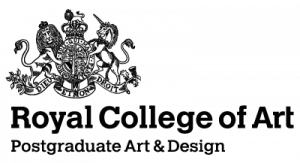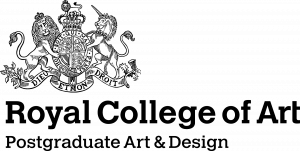
MORPH follows on from our second major project ‘Emotional Tech’ which explored how creative designs can help realise cutting edge technologies that users accept with special consideration to their emotional transitions during journeys. During the project we were particularly attracted by a mobility trend which may completely reshape vehicle-user relationships, the design of vehicles and the mobility market – the ‘sharing economy’. In the MORPH project, we looked at how sharing behaviours will influence and form attitudes and decision making around purchasing or sharing vehicles between now and the near future. By using this knowledge, we designed shared spaces in fully autonomous vehicles that are embedded in well-rounded sharing services.
Chapter 1. Introduction
The MORPH research project was set up to answer questions that have been lingering in the future forecasting of mobility design and monetisation strategies for many manufacturers and industry pioneers around topics of Mobility, Ownership, Relationship, Personalisation and Hospitality.
Chapter 2. Literature Review
We started our research process by conducting a literature review into the shared economy and more specifically into shared mobility. We looked at academic articles, industry reports and media coverage in order to investigate its evolution and growth. Our review consulted over 70 different publications. We summarised the content of each, detailing key points about the sharing economy and shared mobility to inform us of future directions that we could explore in the design phase.
Chapter 3. Methodology
The research project includes five phases: literature review and project positioning, online surveys, user enactment workshops, design briefs creation and concept design. This process gave us sufficient information to create the scenarios and subsequently develop them into the design briefs. These were then worked on by the vehicle and service designers to fully develop and explore the design and service concepts.
Chapter 4. Findings
The data collected from our online surveys shows that individuals trust vetted, regulated systems as well as those rated by other users, especially if the systems have internal or external monitoring methods. The workshops enabled us to gain insight into people’s general sharing experiences as well as their mobility sharing experiences both with people they knew, such as family, friends, colleagues or neighbours and with strangers.
Chapter 5. Design Concepts: NANO
NANO shared taxi service with morphing interior design takes care of passengers’ emotional needs and physical security concerns. Enclosure materials and flexible interaction modes improve passengers’ trust of the vehicle, other passengers, service and brand.
Chapter 6. Design concepts: MOSEY
MOSEY high-speed mothership transporting low speed interconnected pods provides social areas and private spaces for intercity journeys and door-to-door service. Long journeys become more comfortable thanks to a range of personal interaction choices plus the convenience of this local taxi-like service.
Chapter 7. Design concepts: ENROUTE
ENROUTE, a company leased vehicle for executive employees to work and meet clients on the go. The service customises interior modules according to the users’ work requirements.
Chapter 8. Design concepts: SPAREVROOM
As an extension of the family home, the SPAREVROOM vehicle provides a detachable mobile space with an adjustable interior to suit the needs and schedules of all the family. The interior can be customised to serve the needs of home, work and social life.
Chapter 9. conclusions
Throughout unpacking the meaning of the five keywords (mobility, ownership, relationship, personalisation, hospitality), we combined service design and vehicle interior design into our concept design phase and conceived new design opportunities around shared vehicle spaces and related services. Potential shared mobility users’ requirements are repeatedly ‘privacy’, ‘safety’, ‘space’, ‘communication’ and ‘economic’.
To access the full report, please enter your details below.
This helps us understand the impact of our research. Your information will not be shared with third parties.
Research Team and Acknowledgement
The MORPH core research team includes Dr. Jiayu Wu, Dr. Sheila Clark, Ashley Kennard, Daniel Quinlan, Katrine Hesseldahl and Sam Johnson. The service designers are Hyojin Bae and Nayoon Lee. The concept designers are Patryk Musielak (NANO), YoungJae Kim (MOSEY), Jiaheng Wei (ENROUTE) and Dinesh Raman (SPAREVROOM).
MORPH was sponsored by Hyundai-Kia. The financial support enabled the Intelligent Mobility Design Centre of the Royal College of Art to conceive and explore new areas in transport experiences, vehicle design, digital technology integration, mobility systems and other research topics. We would like to thank Hyundai Motor’s German and Korean offices for their involvement in feedback and review during the research.
Special thanks to Dr. Cyriel Diels, Professor Stephen Boyd Davis and Professor Dale Harrow for reviewing and providing feedback during the research and for the final report.
Finally a special thank you to William Renel for designing the MORPH website, Jane Savory, Hannah Adeuya and Lulu Ishaq for managing the finance and logistics.
Launched in 2016 at the Royal College of Art, the Intelligent Mobility Design Centre (IMDC) leads research at the intersection of people, mobility and technology within a complex and changing urban and global environment.
The Royal College of Art is ranked the No. 1 art and design university by the QS World University Rankings, 2021.
© 2021 Royal College of Art

